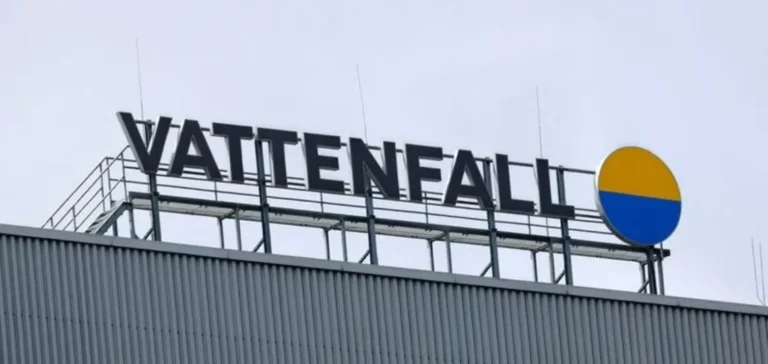Vattenfall has confirmed the selection of two major contenders in the race to build new nuclear reactors in Sweden: American-based GE Vernova and UK-based Rolls-Royce SMR. The Swedish energy company is now entering the final phase of selecting a supplier for future Small Modular Reactors (SMRs), a critical step in the country’s nuclear redevelopment efforts. The project, planned for the Värö Peninsula, comes in response to rising electricity demand and pressure on production capacity.
The decision follows a detailed technical assessment that considered space and infrastructure constraints at the Värö site, located near the existing Ringhals nuclear power plant. The area benefits from grid capacity, a skilled nuclear workforce, and high regional electricity demand, positioning it as a leading option for rapid deployment. Vattenfall considers both shortlisted suppliers to have the best capabilities to deliver on time and within the defined budgets.
Compact reactors and controlled costs
Both suppliers offer compact reactor technologies with standardized and simplified designs. GE Vernova’s BWRX-300 and Rolls-Royce’s SMR incorporate learnings from previous international nuclear projects. Their smaller scale enables serial deployment, generating economies of scale in construction, labor, and logistics. The modular approach also simplifies workforce management, housing, and transport during the construction phase.
The proposed project includes either five BWRX-300 units or three Rolls-Royce SMRs, with an estimated total output of around 1,500 megawatts (MW). For context, a 500 MW SMR matches the capacity of the first large-scale reactor built in Oskarshamn. The fuel used for these models benefits from an already-established supply chain within Vattenfall, which could mitigate procurement risks.
Industrial cooperation and future outlook
Vattenfall is carrying out this project in close collaboration with Industrikraft, a consortium of 17 major Swedish industrial companies. This partnership aims to establish the foundation for a joint investment through a dedicated project company. Long-term political stability is also considered a key factor for success, particularly to secure the necessary commitments for civilian nuclear development.
A request for a state-backed risk-sharing mechanism is also planned. The goal is to reduce financial uncertainties related to construction and speed up the approval phases. Vattenfall is already considering using the area currently occupied by Ringhals 1 and 2 to add up to 1,000 MW of additional capacity. The final supplier selection and investment decision will take place in later stages of the project.






















